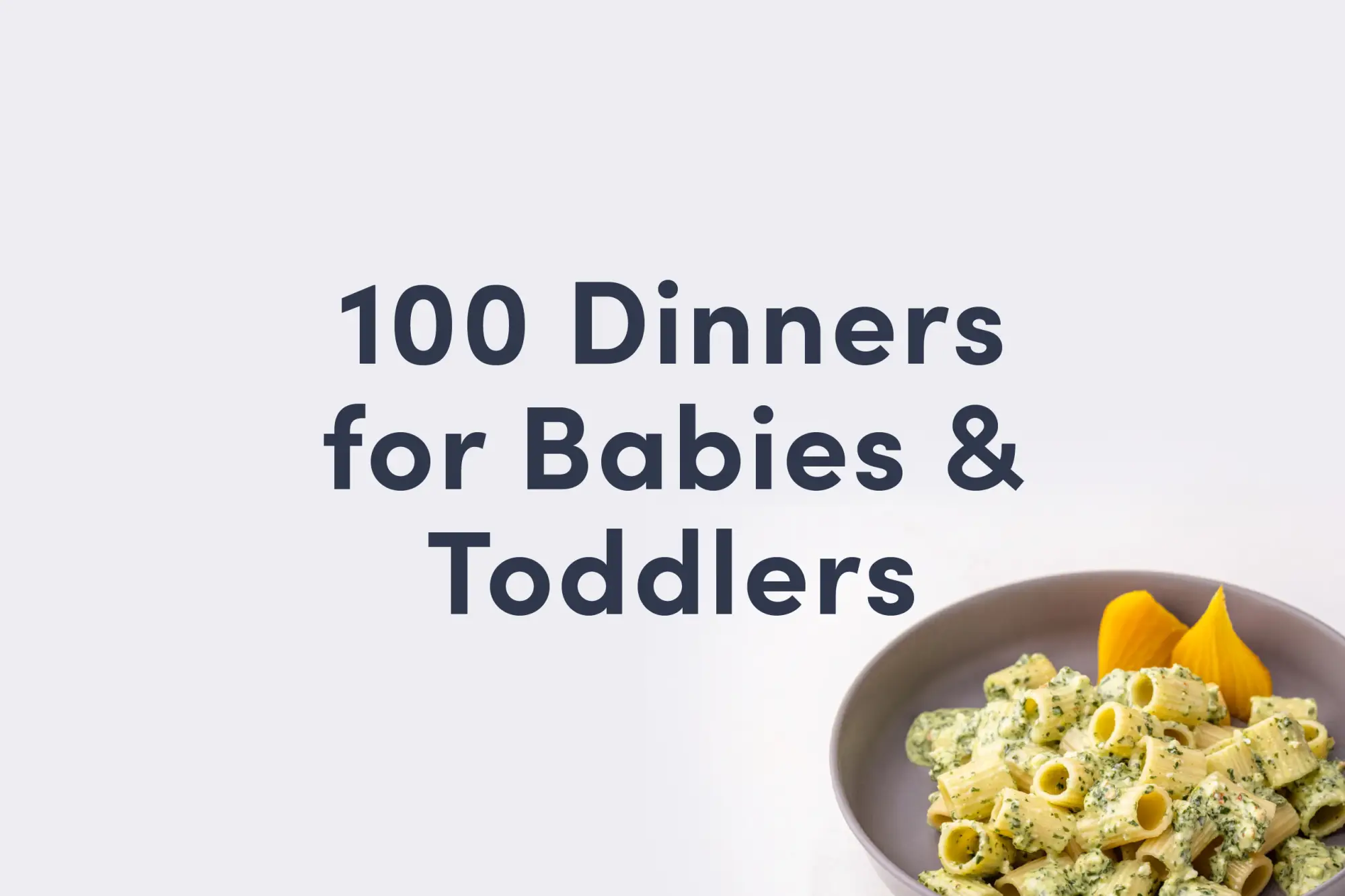Basil
Herb/Spice
Age Suggestion
6 months
Iron-Rich
No
Common Allergen
No

When can babies have basil?
Basil may be introduced as soon as baby is ready to start solids, which is generally around 6 months old.
Native to warm regions stretching from Northern Africa to Southeast Asia, basil has been cultivated for hundreds of years. One of the most widespread kinds of basil has a powerful, fresh aroma and bright green leaves, but there are other kinds to try as well: licorice or Thai basil, tulsi or holy basil, purple-leafed basil, and more.
Is basil healthy for babies?
Yes. Basil contains a number of vision-supporting carotenoids, such as beta carotene, lutein, and zeaxanthin; in addition to vitamin K to support blood-clotting and bone health; and a dash of vitamin C and folate to support the immune and nervous systems. Basil also offers benefits such as antioxidant, anti-inflammatory, and antimicrobial properties.
Can babies be allergic to basil?
Yes, though basil allergies are uncommon. If your baby is sensitive to mint, however, then be careful because basil is a member of the mint family.
Is basil a choking hazard for babies?
No. Basil presents a low risk when safely prepared for a child’s age and developmental ability, though, in theory, an individual could choke on any food. To reduce the risk, prepare and serve basil in an age-appropriate way as described in the How to Serve section. As always, make sure you create a safe eating environment and stay within an arm’s reach of baby during meals.
Learn the signs of choking and gagging and more about choking first aid in our free guides, Infant Rescue and Toddler Rescue.
How do you serve basil to babies?
Every baby develops on their own timeline, and the suggestions on how to cut or prepare particular foods are generalizations for a broad audience.
6 months old +:
Add finely chopped fresh basil or crumbled dry basil into soft, scoopable foods, sauces, or finger foods like large, soft meatballs or patties. Alternatively, serve basil that has been blended into sauces like chimichurri or pesto; just be aware of any common allergens in the food and make sure any relevant food allergies have been ruled out before serving.
9 months old +:
Chop fresh basil into thin ribbons or small pieces and serve raw or cooked, mixed into dishes or on their own so that the child can taste the herb’s flavor. Pieces of the leaf may stick to the inside of the child’s mouth and cause some gagging or coughing. If this happens, try offering a small drink of water to help wash the pieces down. Expect lots of spitting as babies learn to manage the leaf’s challenging texture. By 18 months of age or so, you should see more consumption and less spitting of basil leaves as the molars come in and toddlers get more skilled at thoroughly chewing.
24 months old +:
Continue to serve basil chopped and mixed into dishes, in salad dressings, and in sauces like chimichurri or pesto. At this age, when a child shows the ability to take bites and tear larger pieces of food, you can also offer a whole, raw basil leaf to try, or dishes that contain whole or large pieces of basil.
Mix up your kitchen routine with ideas from our guide, 100 Dinners for Babies & Toddlers.
Written by
Expert Tips Delivered to Your Inbox
Sign up for weekly tips, recipes and more!
The content offered on SolidStarts.com is for informational purposes only. Solidstarts is not engaged in rendering professional advice, whether medical or otherwise, to individual users or their children or families. No content on this site, regardless of date, should ever be used as a substitute for direct medical advice from your doctor or your medical or health professional, nutritionist, or expert in pediatric feeding and eating. By accessing the content on SolidStarts.com, you acknowledge and agree that you are accepting the responsibility for your child’s health and well-being. In return for providing you with an array of content “baby-led weaning” information, you waive any claims that you or your child may have as a result of utilizing the content on SolidStarts.com.





